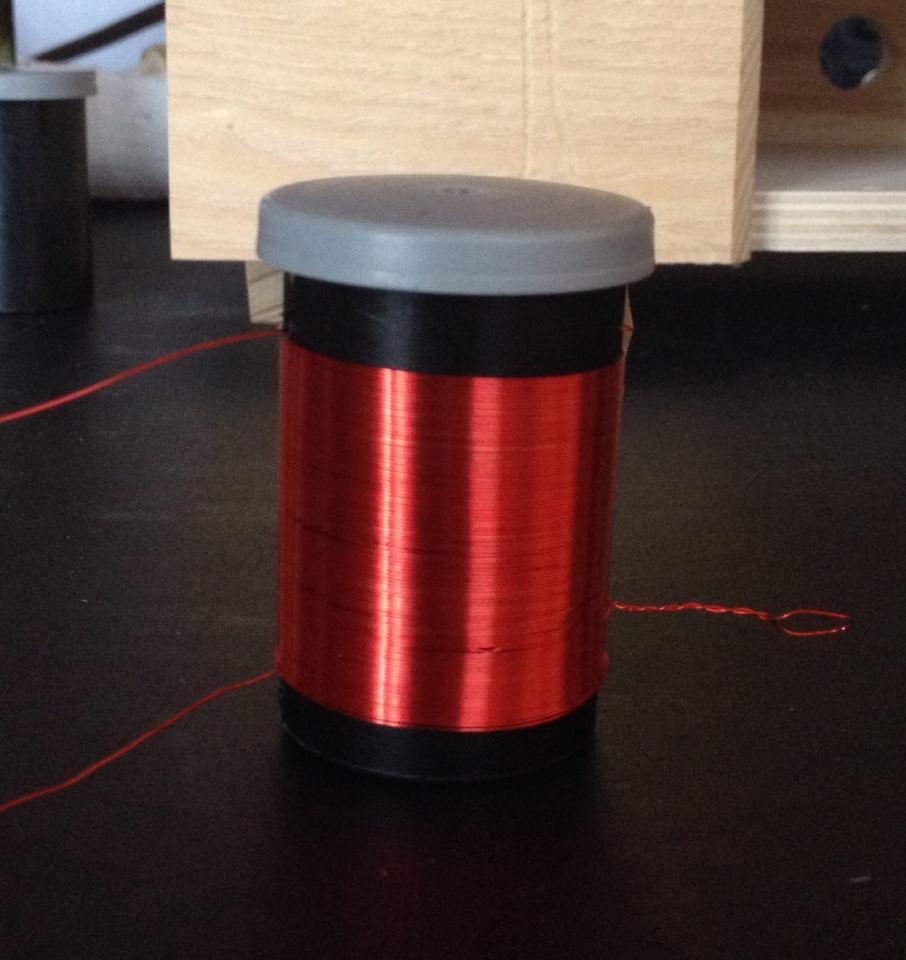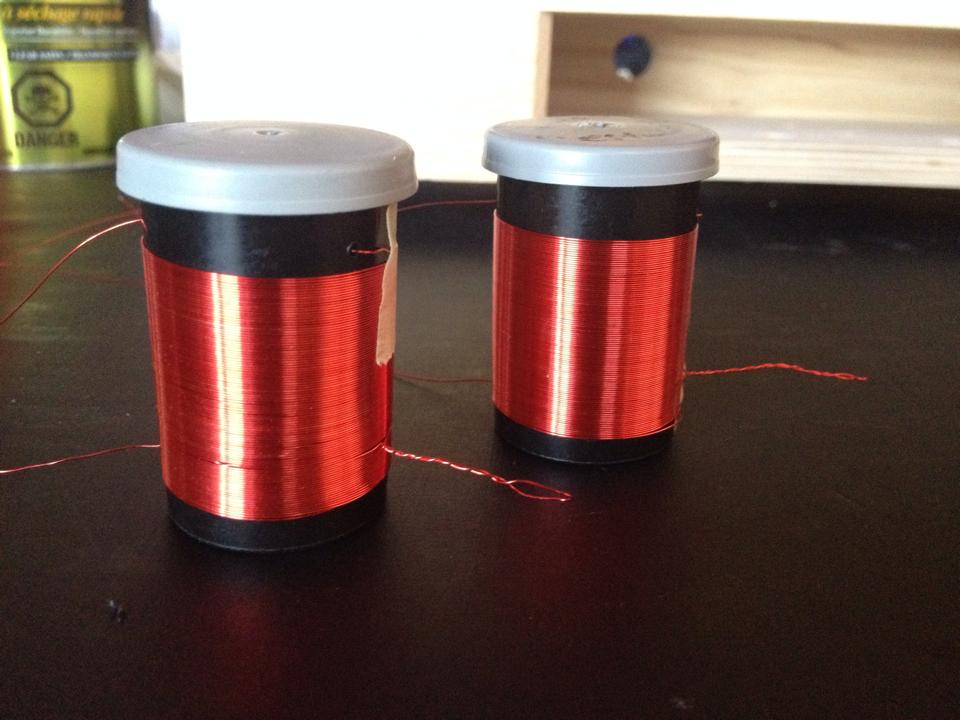"... but i hadn't yet made the connection that the ferrite is what caused the drift." -xoadc
Ferrite concentrates the magnetic field and there are formulations that aren't too temperature dependent, the trick is finding suitable inductors that use the milder ferrites, or finding forms made of it that you can wind yourself. Like with capacitors, the formulations that concentrate the field the best and therefore give you the fewest turns and smallest inductor seem to be the most temperature dependent.
"am I right in assuming I can wrap my wire around any material as long as it is round and not a conductor?"
The relative permittivity of the form material mostly influences the self capacitance. Any temperature dependence of the geometry of the form material is probably more significant. PVC, wood, heavy cardboard, phenolic tube, etc. should work. I like PVC because it's easy to purchase, is easily worked (cutting to length, drilling holes) and is really rigid, though it can be a bit heavier than the alternatives.



